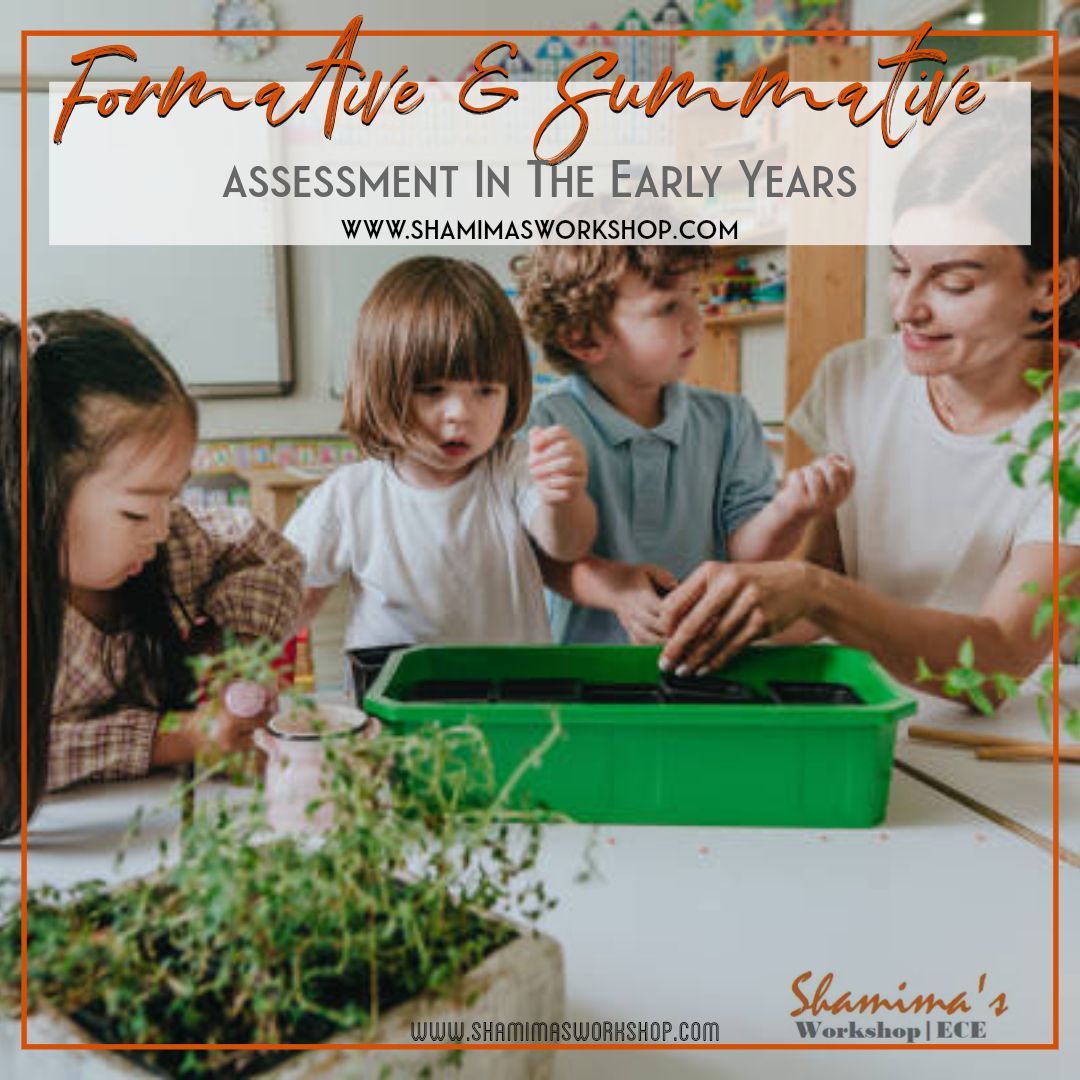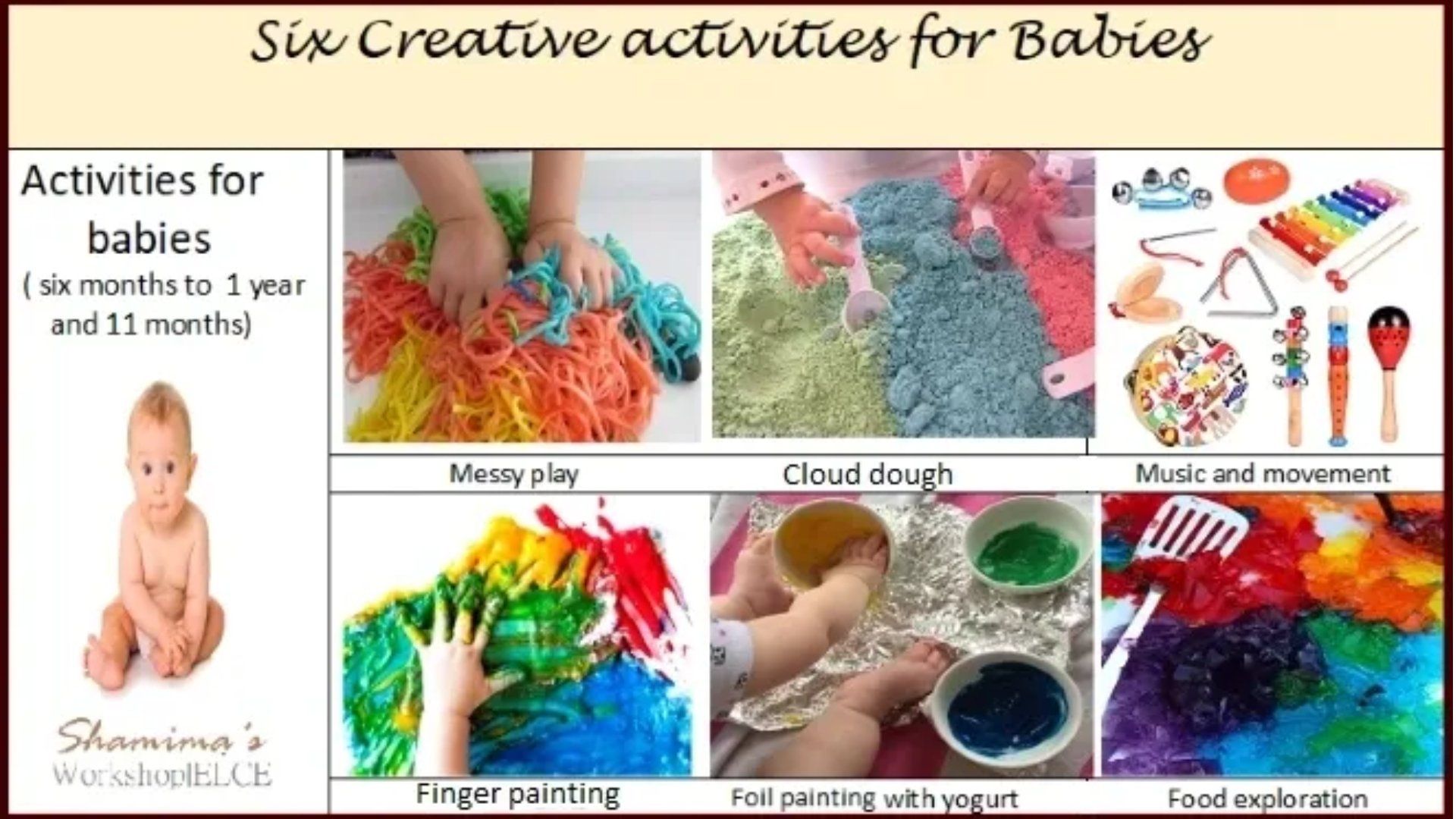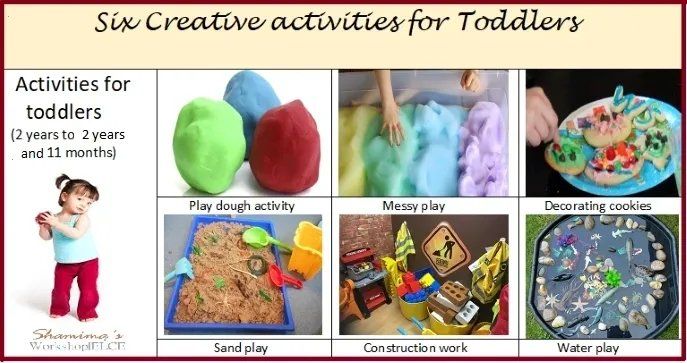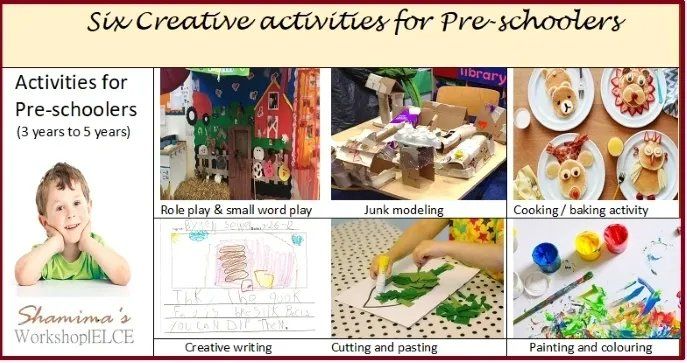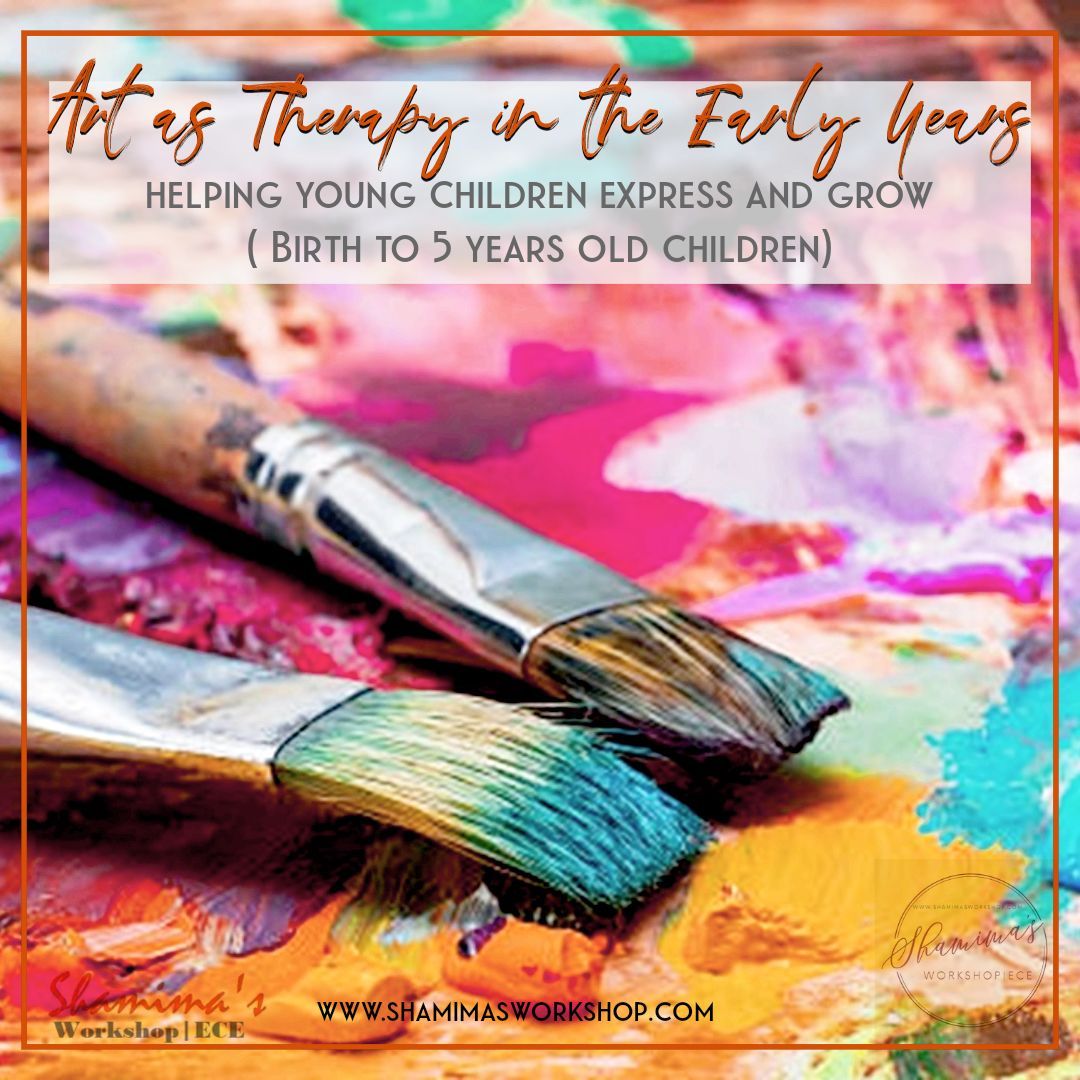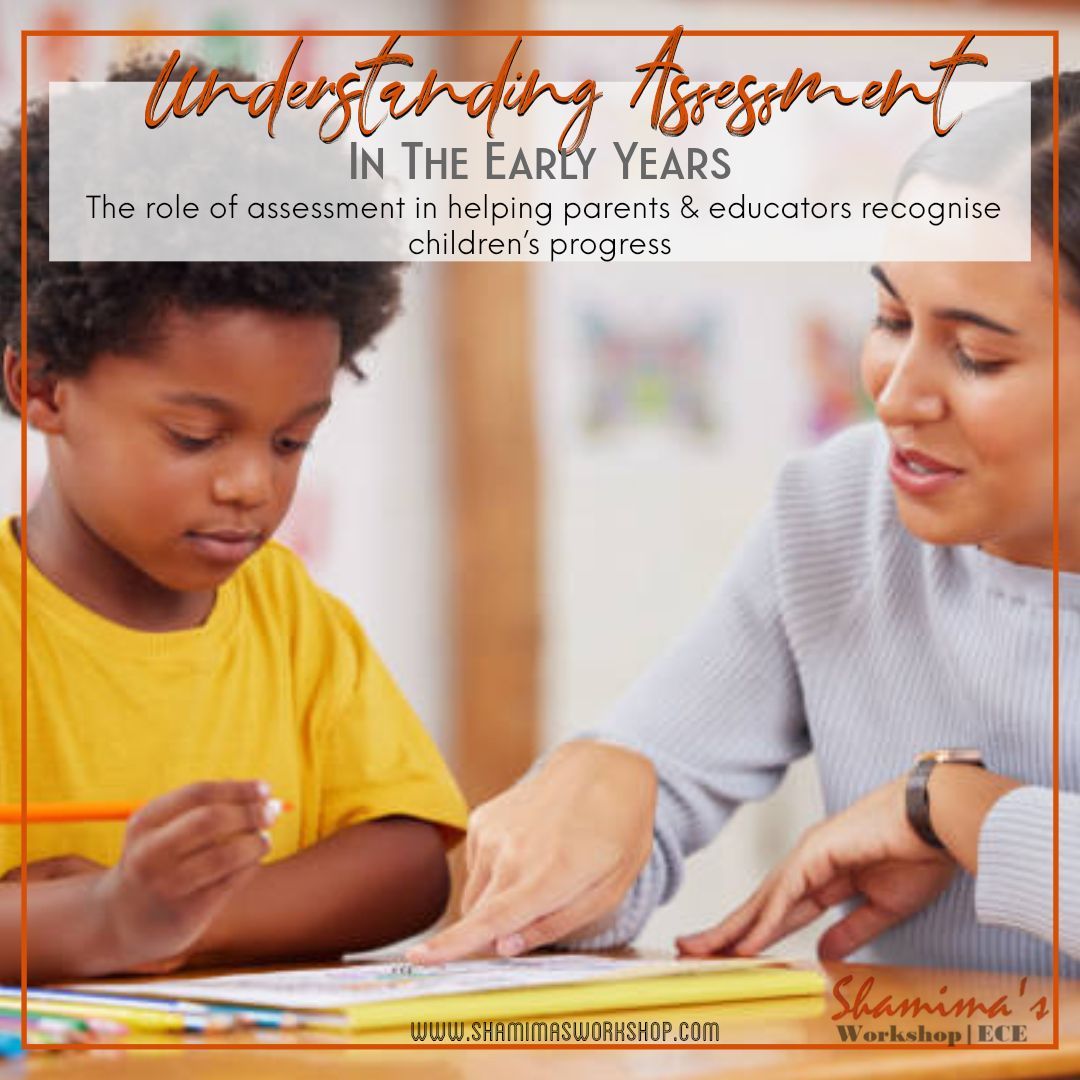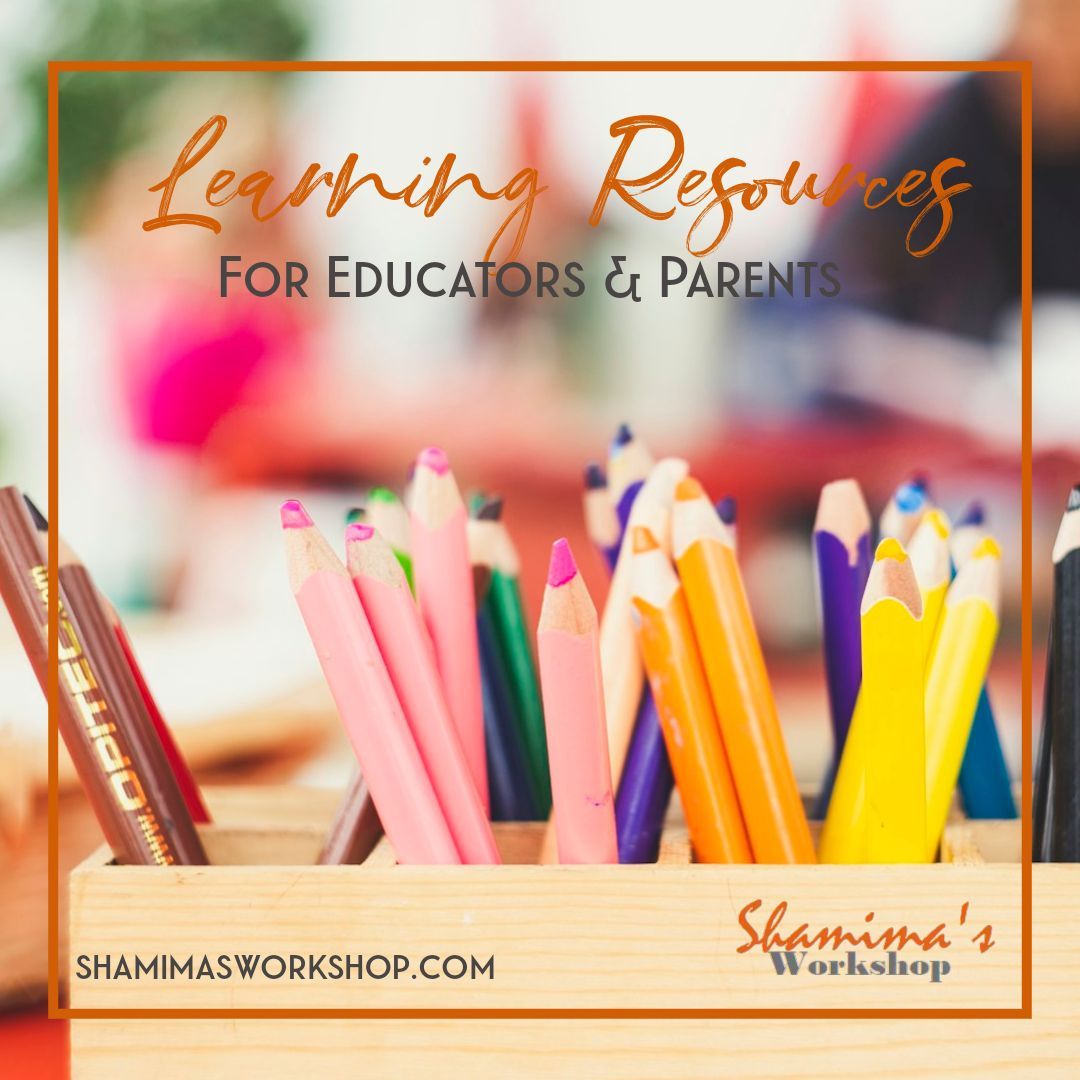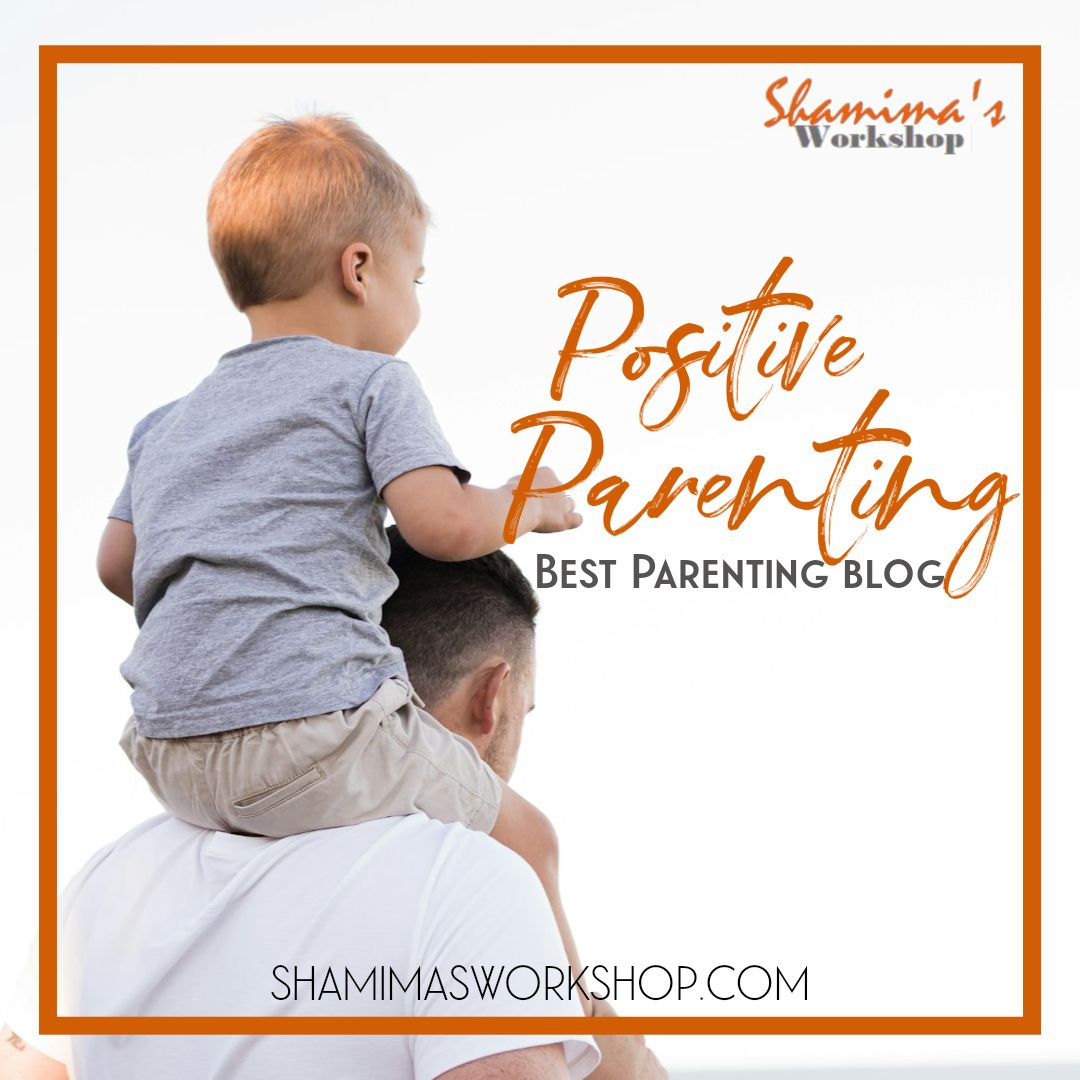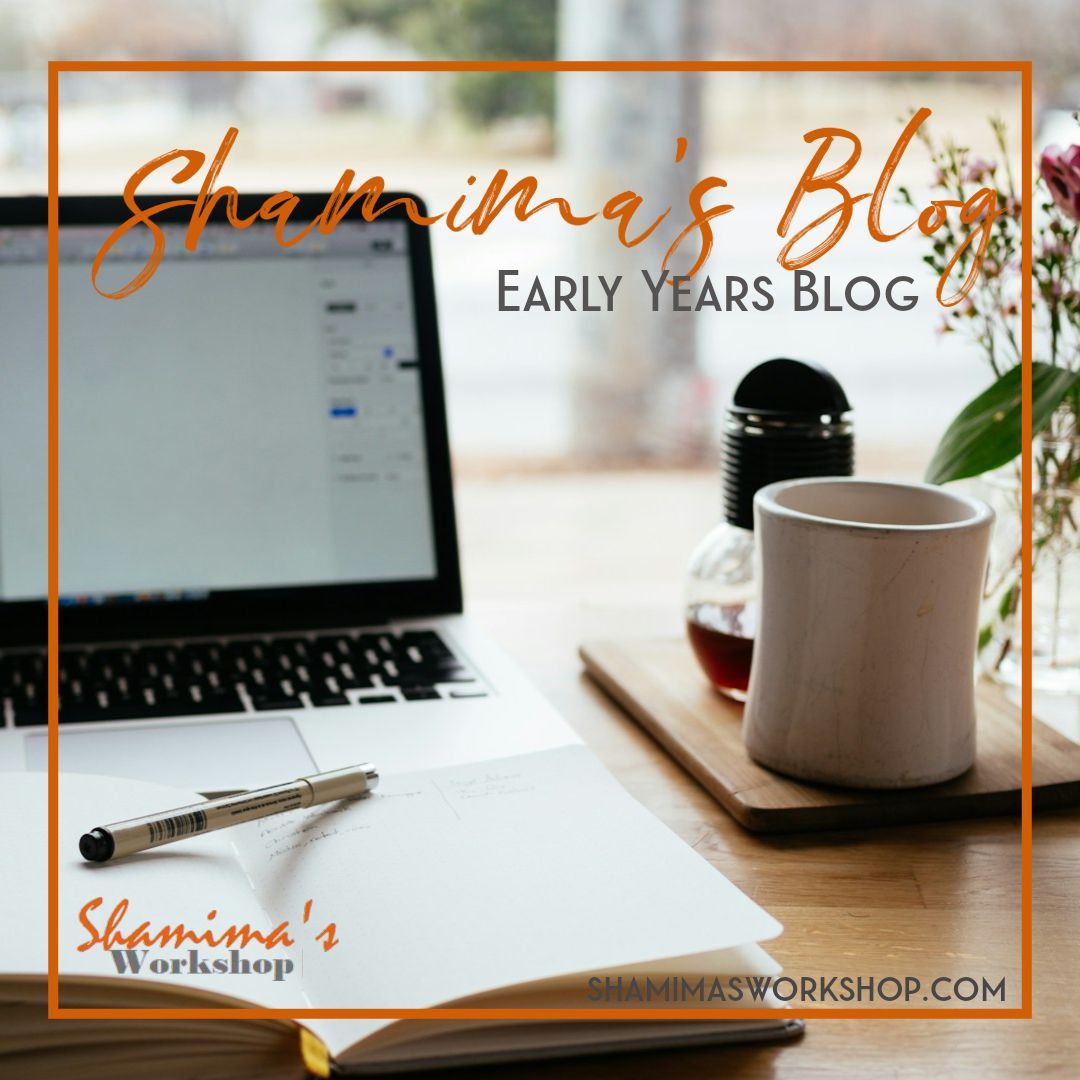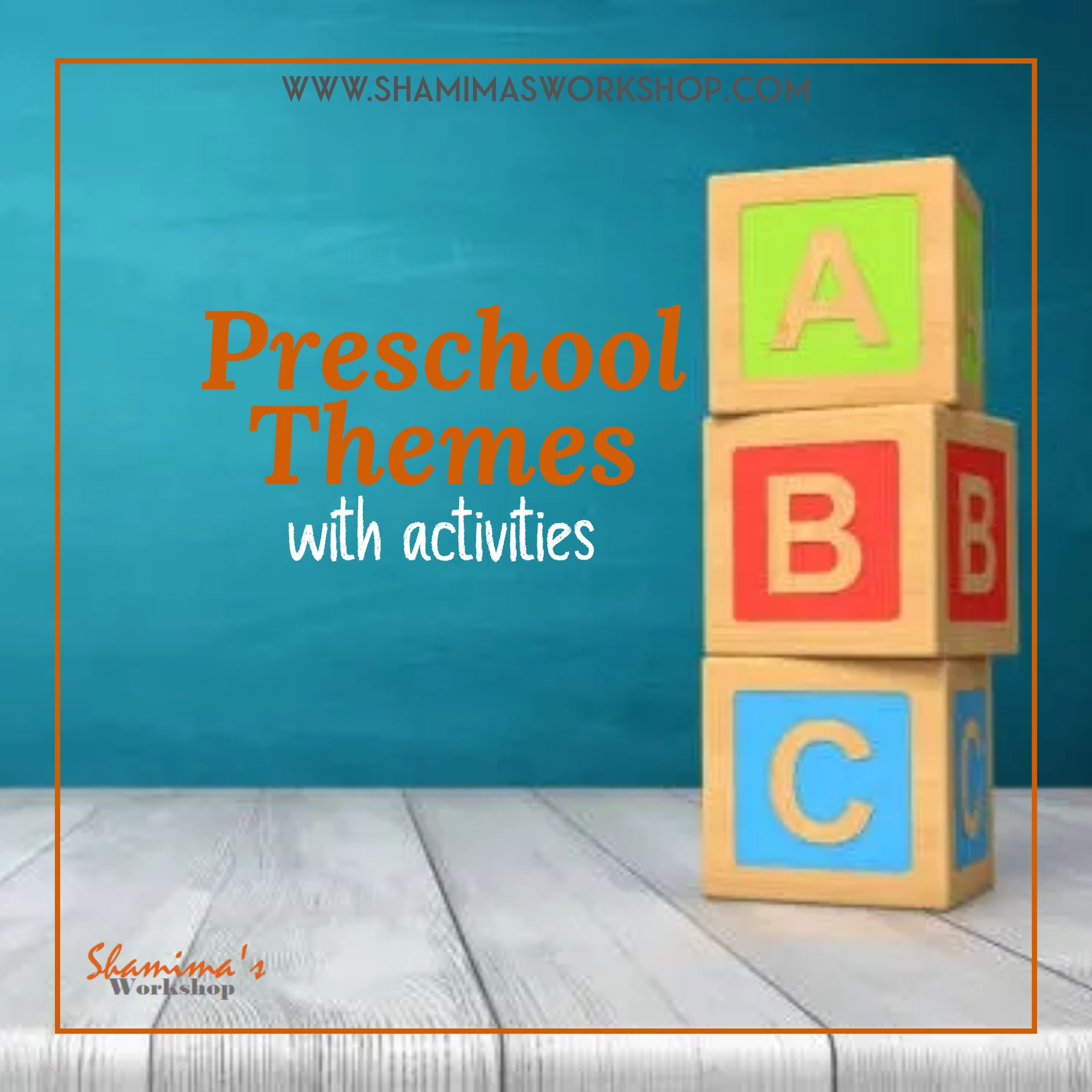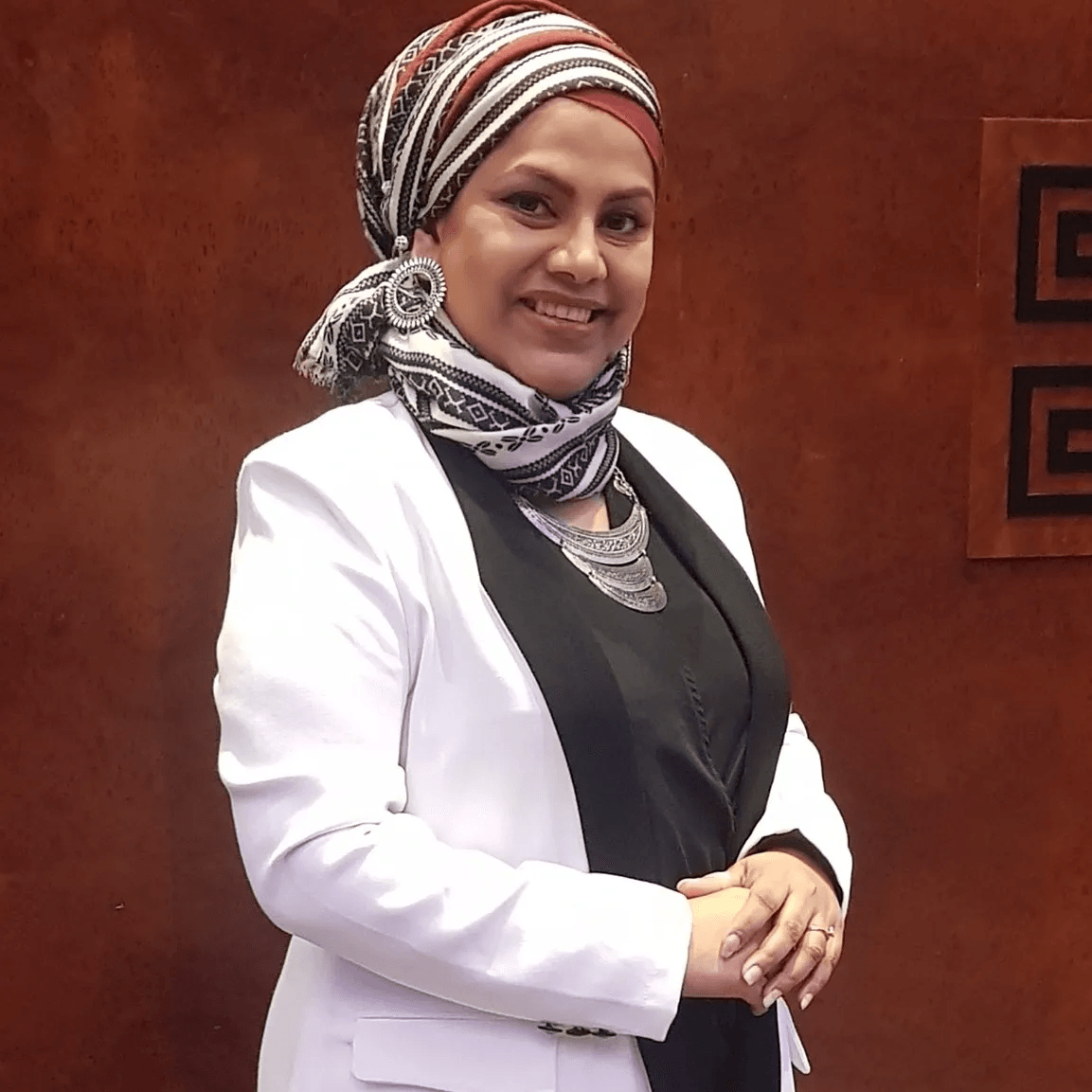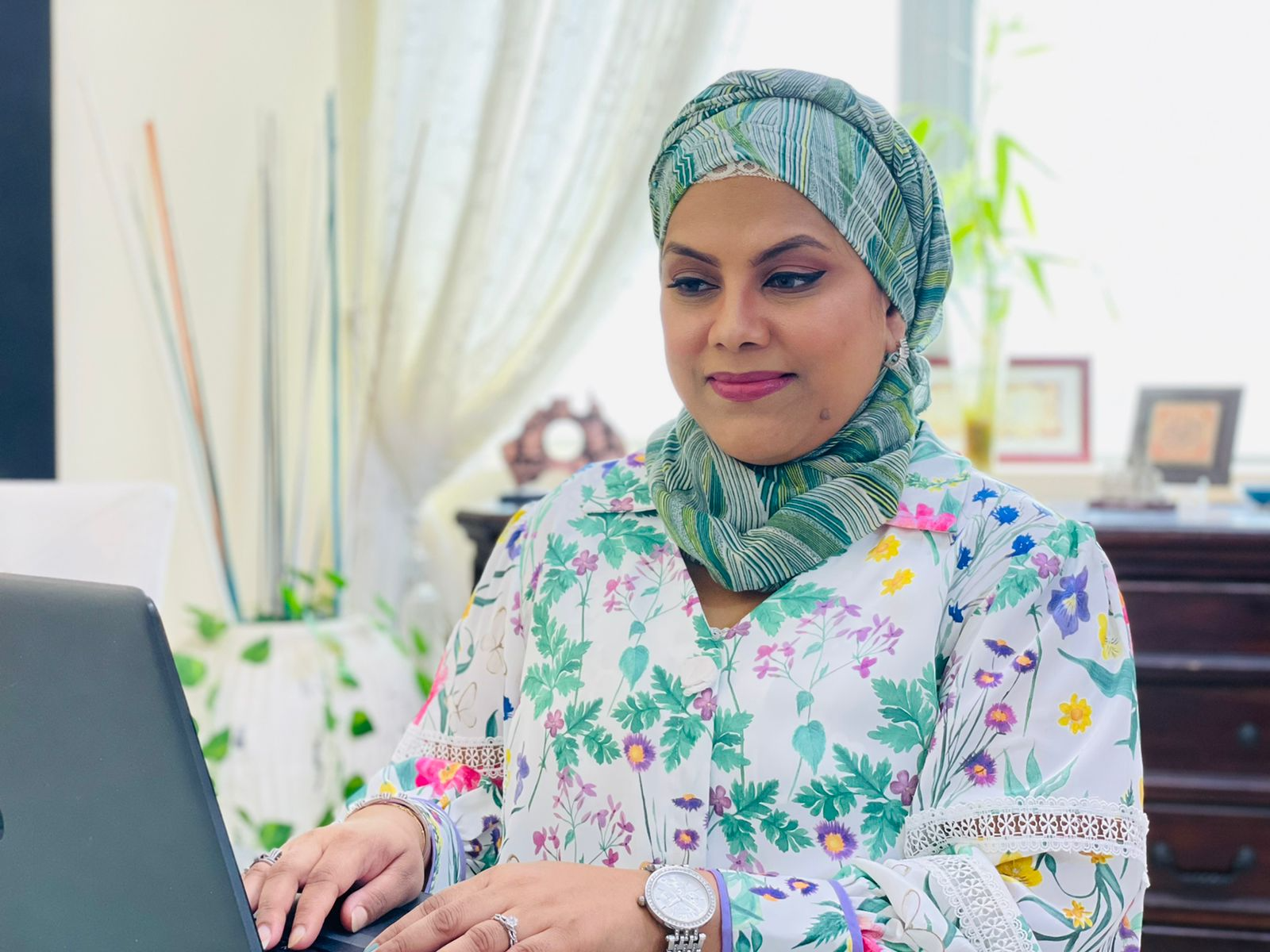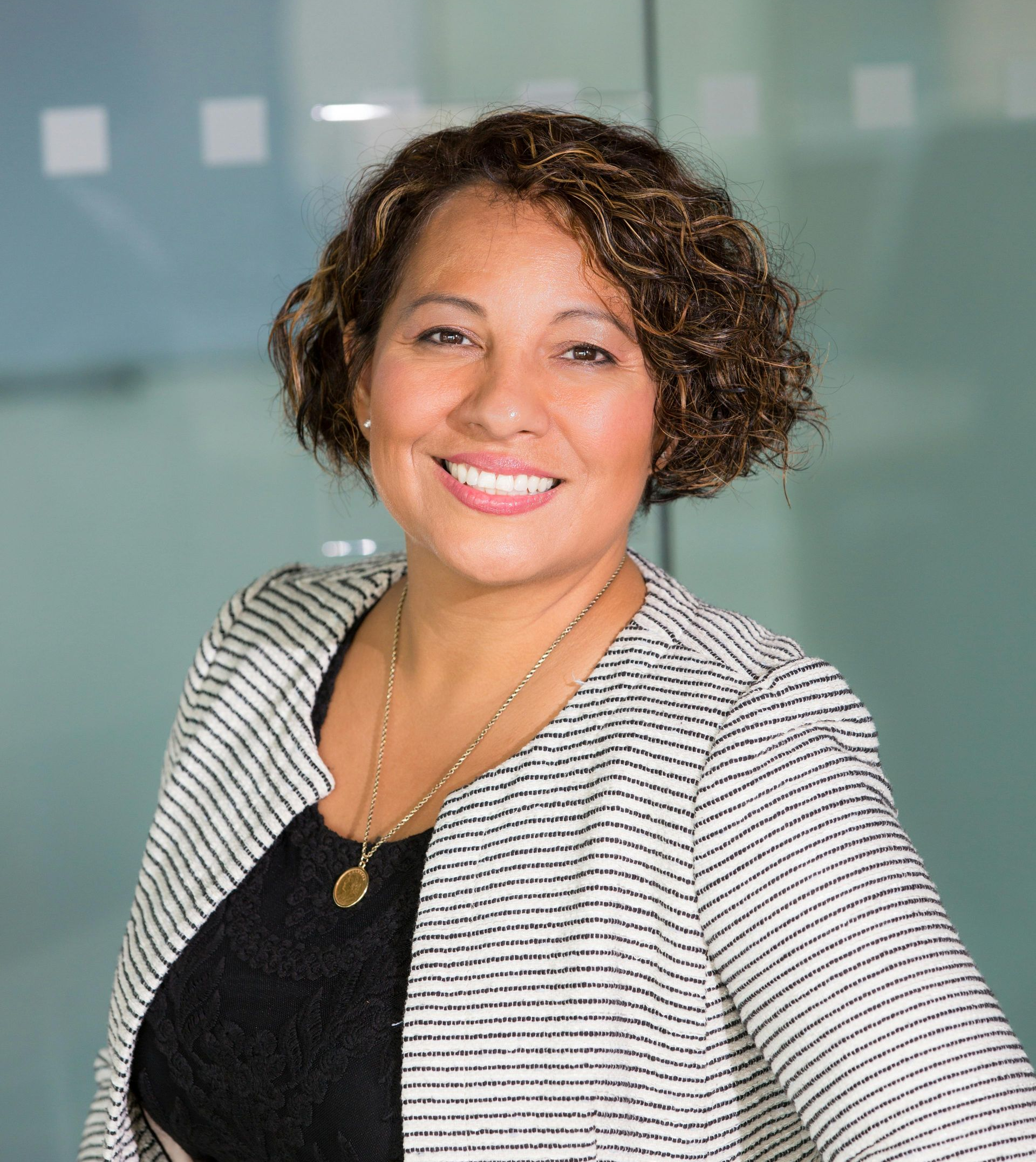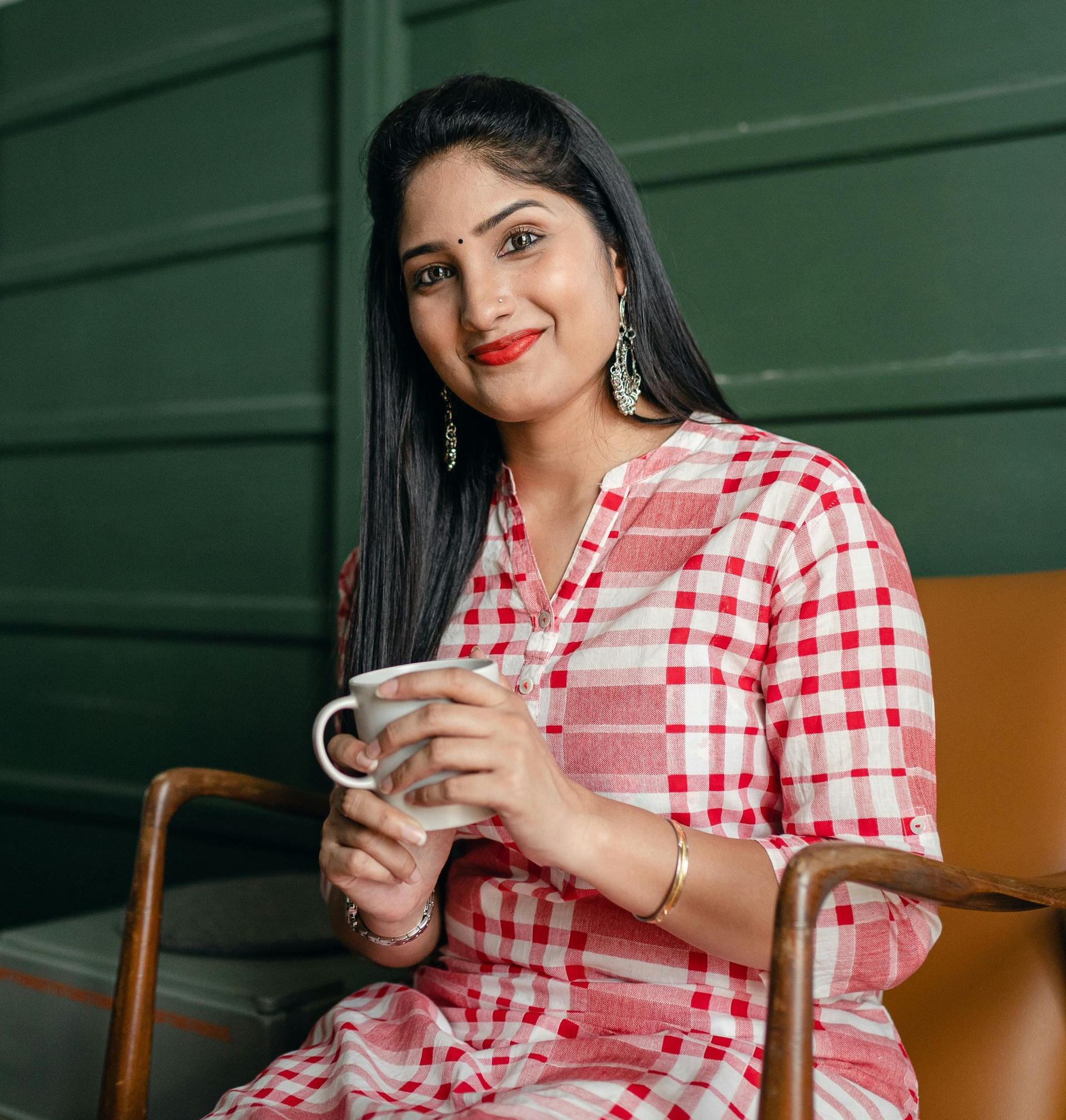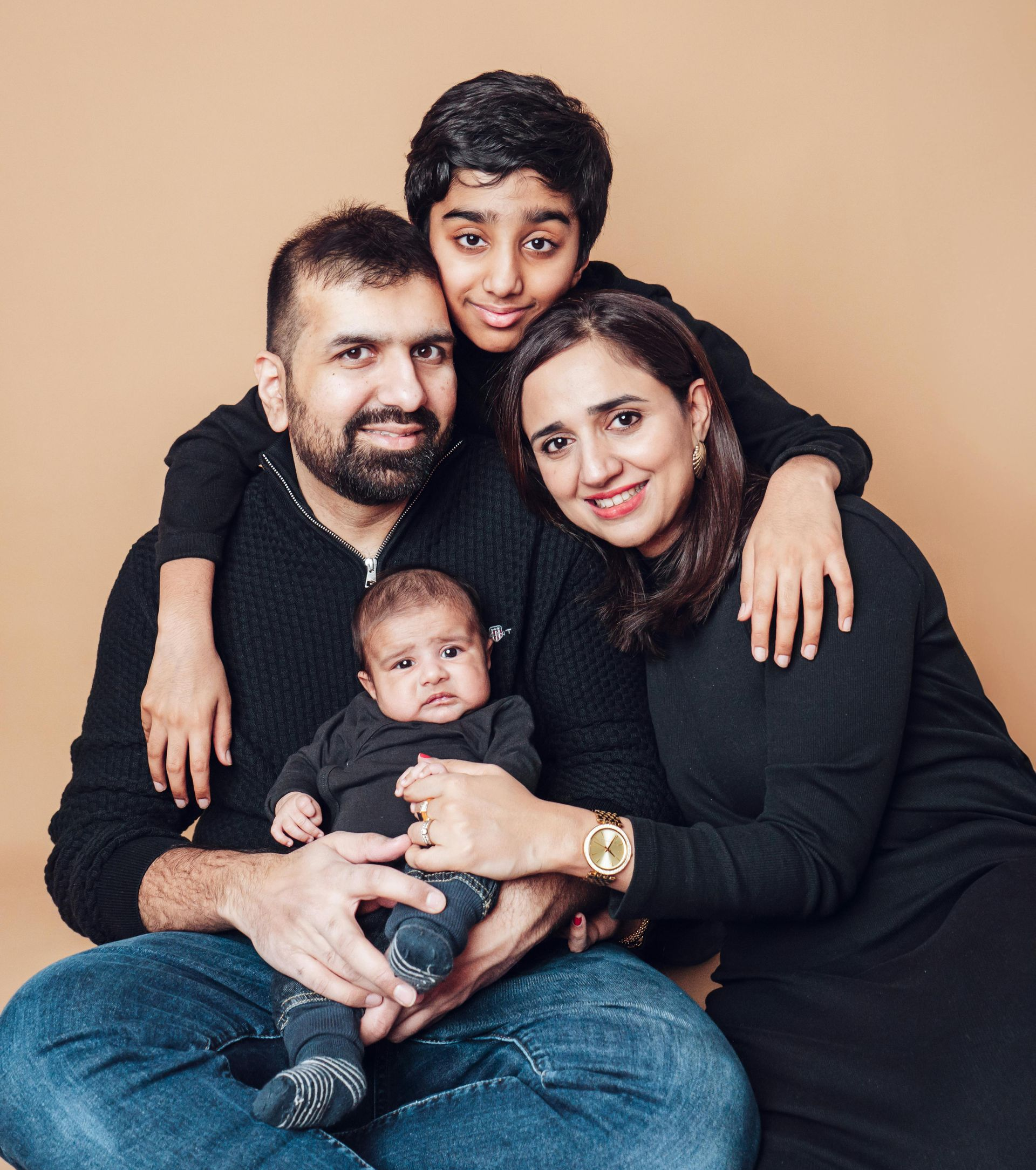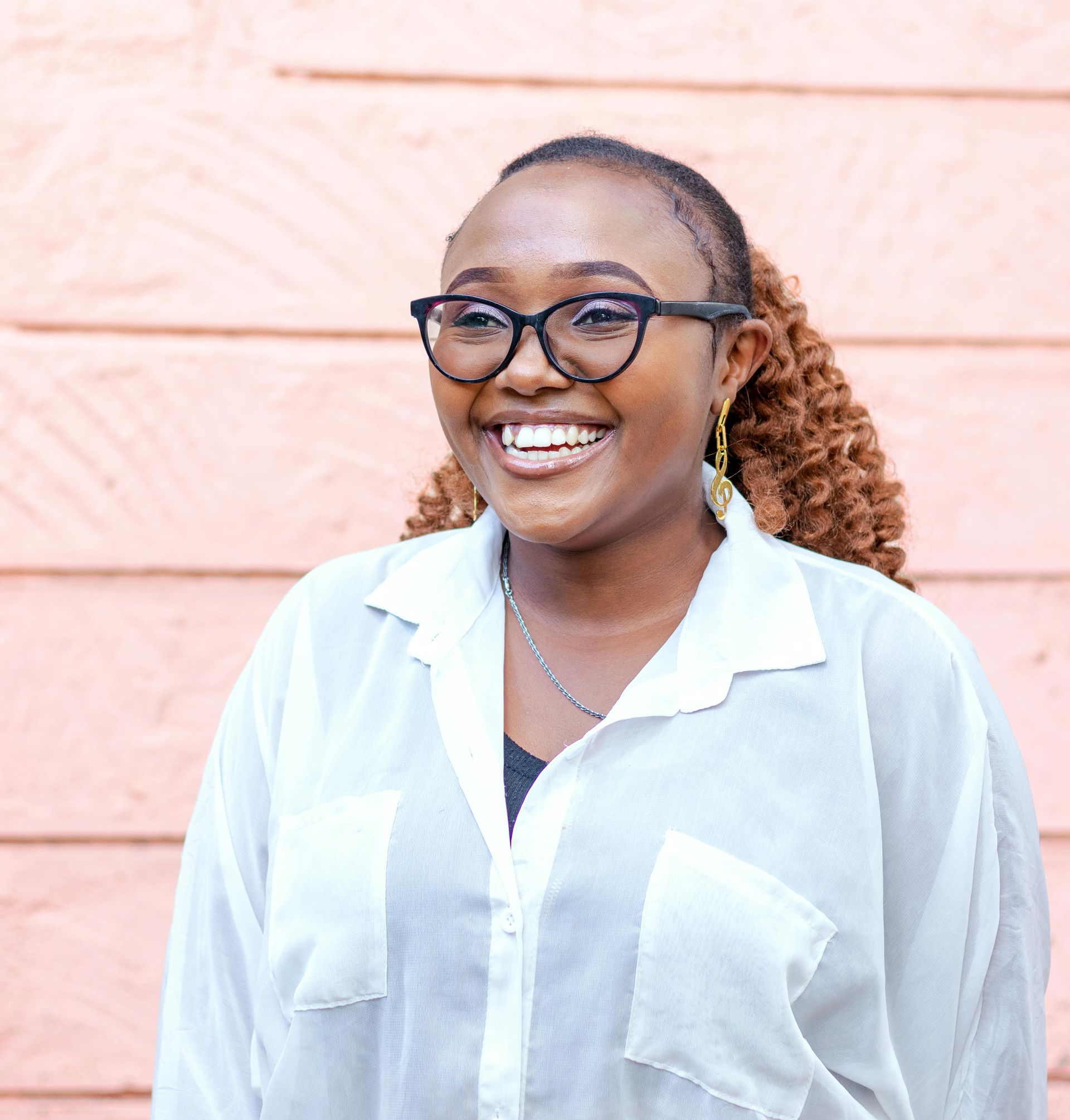Many parents find it difficult to figure out which toys are appropriate for children of all ages, and what kinds of play to promote and facilitate. How will parents do to help children grow well, and encourage their abilities? It is a very natural form of play where children get to model their experiences and the world around them. Creative play is the most important type of play that is about experimenting with materials and music. We can encourage creative play by offering children a range of materials and play opportunities. Creative experience helps a child develop different skills and enable them to share their thoughts, feelings, and ideas. To know more about the benefits of creative play click here.
Creative activities for different age group:
Creative activities for babies( six months to 1 year 11 months):
Babies take all objects to their mouths to explore. When thinking about activities in this age range, it is important to recognize that "talk only" activities will be appropriate. Instead, activities have to be based on physical actions and helping them to explore their world through what they mouth, touch and can do with objects.
Six creative activities for babies:
1. Messy play:
cooked spaghetti, mashed potatoes, flour can be used for messy play activities
2.
Cloud dough:
different materials like rice cereal or flour are good for babies' cloud dough.
3.
Music and movement:
clap, shake the head, nod head, tap feet activities with music; different cultures music; commercially available musical instruments; homemade shaker and different kinds of spoons such as a wooden spoon or metal spoon are resources for music and movement activities.
4.
Finger painting:
finger painting or mixing colour with baby- colourful fun using non-toxic child-friendly paints or food colour with flour.
5.
Foil painting:
babies love the foil painting activity with yoghurt. Plain or vanilla yoghurt mixing with food colour can be used for this activity.6. Food exploration: There are many ways a baby can play with food like jelly, yoghurt, mashed potatoes or any baby food.
Creative activities for toddlers( 2 years to 2 years 11 months):
In this age group, children spent exploring alone and play alone. They also enjoy watching other children. It is a good idea to give them new experiences as through new experiences children can learn new vocabulary. So it is important to choose activities that will allow them to be active. Six different types of creative play for toddlers:
1.
Messy Play:
messy play with paints, shaving foam, sand, water or flour can be used for toddlers.
2.
Playdough:
Playdough activity to create number line, sandy beach, learning shapes
3.
Cooking activities:
decorating cookies or biscuits is an enjoyable activity for this age group.
4.
Sand play:
you will need a sandbox filled with toy animals, empty bottles, natural items from the garden such as leaves, wings and stones; toilet roll, tunnels.
5.
Water play:
water play with different size containers to fill and empty.
6.
Construction play:
Toddlers enjoy simple construction work like stacking blocks, cartoons.
Creative activities for Preschooler( 3 years to 5 years):
In this age group, children start playing together as their social and language skills have developed. Children's play is more complex and far less repetitive than in the earlier ages. Activities need to be sufficiently challenging and open-ended so that there is a lot for adults and the child to talk about! Six different types of creative play for pre-schoolers:
1.
Roleplay
and small world play like farm animals, under the sea.
2.
Junk modelling:
using cardboard boxes.
3.Cooking activities:
baking activity like apple pie crescents, pizza, cheesy bread, blueberry muffins.
4.
Creative writing:
using props animals, toy tree.
5.
Cutting and pasting activity:
can use fabric, paper, glitter, cardboard boxes, tubes, wool and string.
6.
Painting and colouring:
can use natural garden products to paints e.g. leaves and wings, or stick and stones.
Armed with this list of creative activities, I hope you will now be prepared for any type of creative activity for any age group of children under 5 years.



